All about round-leaved sundew
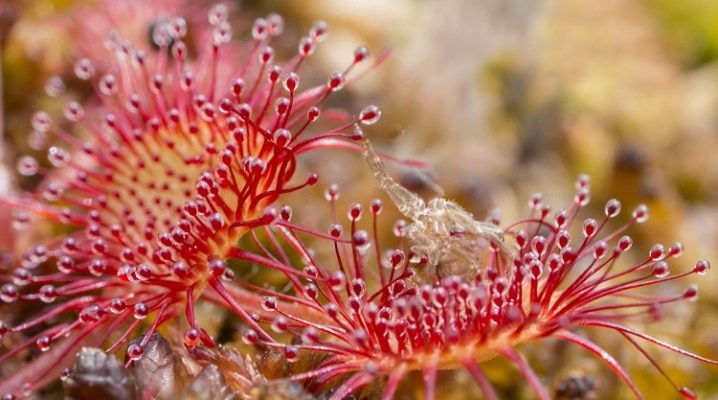
The round-leaved sundew is known to many as a flycatcher. This plant can be called a marsh plant, but it can also be grown at home. What this flower is and how to care for it, we will tell you in this article.
Description
The round-leaved sundew, aka Drósera rotundifólia in Latin, is a plant that feeds on insects and belongs to the sundew family, which you can find out by contacting the Plantarium for information. In many parts of Russia, for example, in the Kurgan, Voronezh and Kursk regions, it is listed in the Red Book. Dewdrop is one of the brightest representatives of carnivorous plants that live mainly in the swamp.
However, this growth feeds not only on live food. In the absence of insects nearby, the sundew is quite capable of eating like other plants that are not predatory. In general, the round-leaved sundew is the most common species that is resistant to low temperatures. This plant is found mainly in the area of swampy peatlands located in the temperate climatic zone of Russia, Europe, America and Asia.
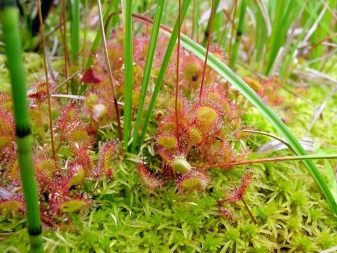
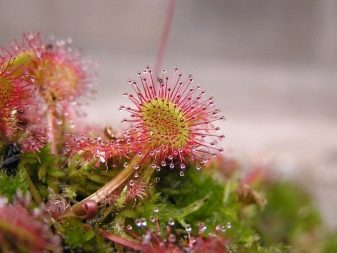
The round-leaved sundew has basal leaves that are round in shape. On them you can see reddish hairs that secrete a special liquid, mucus, similar to dew droplets. This mucus is a digestive enzyme, due to which the sundew feeds: the victim is led onto this mucus, and then, touching the leaf, sticks to it. After 10-20 minutes, the hair to which the insect has adhered begins to bend to the center of the leaf along with adjacent cilia, due to which the victim is suffocated. As a result, the edge of the leaf is closed - and this is how the sundew feed occurs. However, we note that the sundew reacts in this way exclusively to food with protein content. The plant simply ignores other substances.
Further, food is digested. In the process, the cilia of the plant begin to produce a special substance, in many ways similar to the gastric juice of animals. Due to this substance, the protein is split, after which the leaf begins to open. From an insect on it, you can see only a chitinous shell. Then the cilia become straight, again covered with a sticky substance and attract new food. But it is worth noting that the process of digesting food in a sundew does not last as fast as it might seem. In some cases, this may take several days.
Separately, it should be said about the round-leaved sundew and its features, which distinguish it from other plants of this family. So, this growth, as a rule, grows up to 20 centimeters. It blooms in the middle of summer. During this period, small white flowers can be seen in the plant. But the sundew fruits begin to ripen only at the end of the season, they look like a one-nested box.
When cold weather sets in, the sundew begins to form special wintering buds. With the onset of spring and warming, annual shoots begin to appear from these buds.

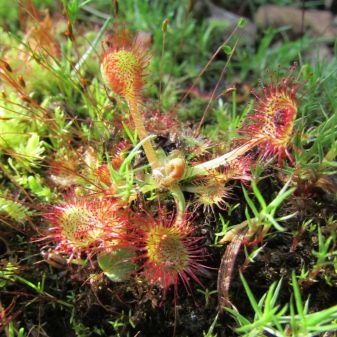
Planting and leaving
Of all the predatory growths, sundew is the easiest to grow at home, especially if you are new to this business. In general, this is a very demanding flower, but it is not so difficult to provide it with all the necessary conditions. To begin with, it is worth mentioning the planting of this plant. It is recommended to plant it in glass bowls; semi-automatic aquariums are also suitable.It is in such an environment that the sundew will receive the level of humidity it needs and will not have problems due to changing conditions. Further, when the pot for the plant becomes small, it needs to be transplanted, and this is best done in February or March.
When growing this plant, you should pay special attention to the soil. Usually peat moss is chosen for this, which must be rinsed before use to prevent mold. Perlite, coconut fiber, and aquatic plant soil can also be used in place of moss. When caring for this plant, special attention should be paid to lighting. Dewdrop loves bright light, but in the shade, even a small one, it will not be able to fully grow and develop. However, at the same time, the flower cannot stand the direct rays of the sun - they are destructive for him. Therefore, the best place for this plant is well-lit window sills with diffused lighting.
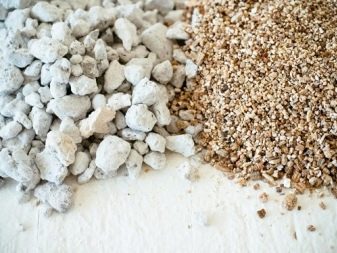
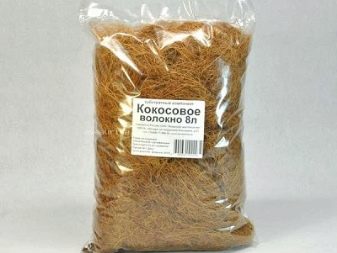
Separately, it should be noted that artificial lighting is insufficient for a sundew; sunlight is needed in any case. However, additional illumination can still be used, it will not harm it. In winter, the sundew is recommended to be placed on the windowsills of the southern windows, as this helps to compensate for the lack of light during this period. And when active growth occurs, it is better to place the plant in the area of the western or eastern window. At the same time, one cannot but mention the backlight duration. So, in winter, it should be at least 8 hours, and in spring and summer - at least 14.
Moreover, if the sundew lacks lighting, then you will quickly notice it, since the plant will lose its color, and its leaves will be wilted and soft. If we talk about temperature, then, as a rule, domestic sundews develop well and grow at 18-23 degrees. In order to avoid mistakes in this regard, we recommend that you clarify at the place of purchase which temperature regime the plant is already accustomed to.
Note that this flower cannot be grown at the same temperature for a whole year. During rest, the temperature should be lowered to 8-13 degrees, but it should not be increased during this period.
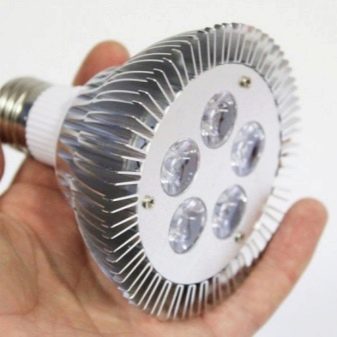

In summer, the flower is quite allowed to be placed in fresh air, but it is imperative that it be protected from drafts and direct rays of the sun. When caring for a sundew, watering is of particular importance, because the plant loves moisture very much and absolutely cannot stand even short-term dryness. That is why it is necessary that the moss and the soil where the flower grows have the required amount of moisture. As a rule, the plant is watered every three days for spring and summer days, and once a week in winter. At the same time, in order for the plant to feel comfortable, it is recommended to water it from the bottom. To do this, you need to pour water into the pan, and then drain after a while. At the same time, watering must be combined with spraying of the earth each time - this will help prevent drying out of its top layer.
If your region is characterized by high temperatures and humidity levels, then in this case it is allowed to grow this flower in the open air. But after showers from the pot, it will be necessary to eliminate excess water, otherwise the root planting system will begin to rot. But special fertilizers are not required for this plant, since it receives all the necessary substances during nutrition. To provide the sundew with food, we recommend contacting a pet store where you can purchase insects. In the summer, outdoors, the flower will provide itself with food, and indoors, a couple of flies a week will be enough for it. In winter, however, nutrition can be reduced to once a month, because the plant during this period inhibits growth, but does not die. Note that only small insects are suitable for feeding the sundew. Otherwise, the "food" can escape, damaging the leaf.
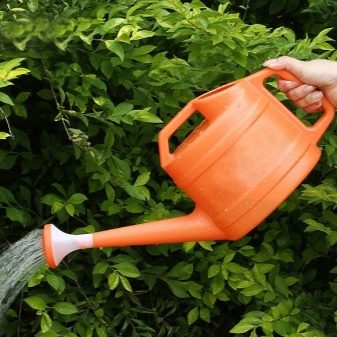

Reproduction
The plant is propagated in several ways.
- One of them is carried out by means of cuttings. To do this, you need to cut off a leaf from the uterine growth and place it in a moistened sphagnum, in a greenhouse. After a couple of months, young shoots should appear and begin to take root. After that, the sundew is transplanted into a bowl.
- Sundew is propagated by means of seeds. They must be collected, then poured onto a mixture of sand and peat, sprayed and covered with glass. The seeds need to be left for 3-5 weeks, keeping them in good lighting conditions and at a temperature of +25 degrees. When the first four leaves appear, the plant dives.
- Another option is dividing the bush. To propagate the plant in this way, it is necessary to separate the outlet, which moves to the side, from the mother liquor and plant it separately.
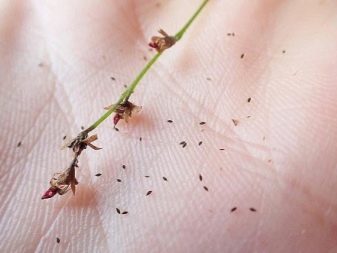
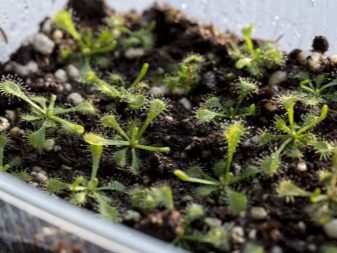
Diseases and pests
Parasites rarely harm the sundew, because this plant is quite capable of protecting itself. However, it may well be attacked by aphids and spider mites. Because of these insects, the leaves and stems of the plant are deformed, and the flower itself inhibits growth. In this case, we recommend using a special industrial product - "Actellik". However, before using it, it is recommended that you carefully read the instructions on the package of the drug. But the diseases of the sundew affect, as, indeed, all other plants. They usually arise when mistakes are made in terms of leaving.
So, this flower may well be affected by gray rot. You can get rid of it by eliminating the affected areas and treating it with fungicidal agents. At low temperatures and high humidity, root rot can occur, due to which the leaves and stem of the sundew begin to turn black, and its growth slows down. In this case, it is worth cutting off the decayed roots, and the plant itself should be transplanted into new soil and a bowl, after having subjected it to disinfection.
But if the leaves of the plant cease to secrete a special sticky liquid, then this indicates an unsuitable soil and a lack of moisture. In this case, the soil will have to be replaced, and watering made more frequent.
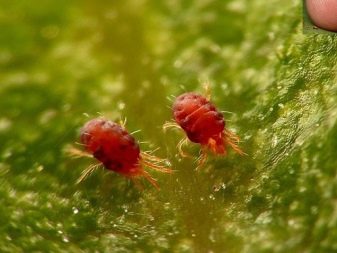
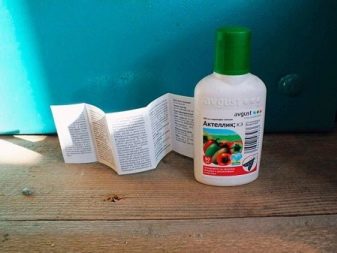

























The comment was sent successfully.